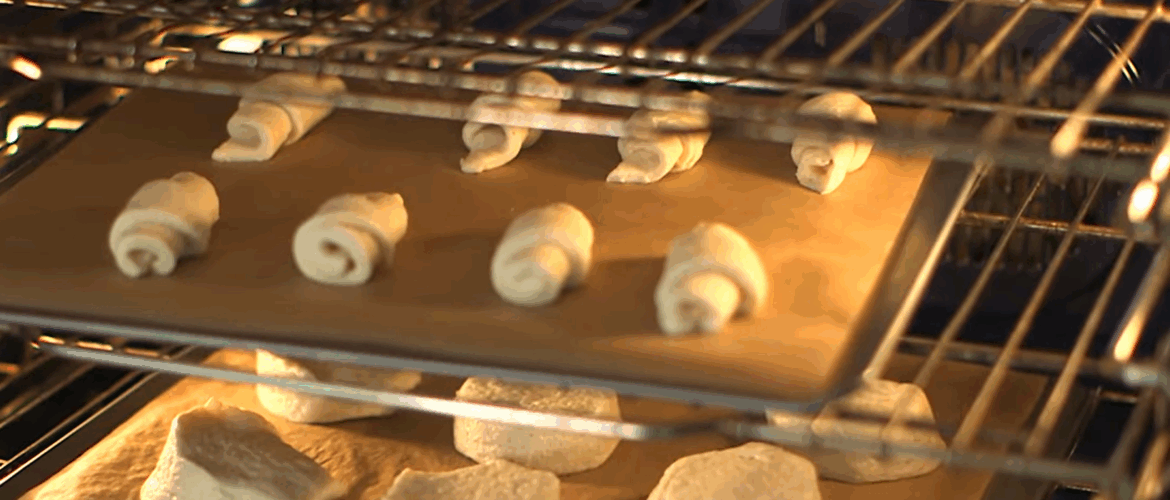If we’ve ever wondered whether we really need a full-sized oven in our kitchen, chances are the question has crossed our minds: could a toaster oven do the job instead? With today’s modern appliances being more advanced than ever, many people are seriously considering swapping their big oven for a smaller, more energy-efficient option.
But can a toaster oven truly measure up in every situation? Let’s take a closer look together.
What Exactly Is a Toaster Oven?
A toaster oven is basically a compact electric oven that sits on your countertop. While the name suggests it’s only for toasting bread, most models can do much more than that:
they can bake (think pizza, cookies, or even a small batch of chicken),
reheat leftovers,
often come with a broil function,
and the newer ones even include convection heating for more even results.
In other words, it’s like a mini version of a full-sized oven—only faster to preheat and easier on your energy bill.
The Biggest Advantages
So why would we pick a toaster oven over a traditional oven? Here are a few key reasons:
Energy efficiency: you’re not heating up a huge oven space for just a few slices of pizza.
Quick preheating: it reaches cooking temperature in minutes.
Compact size: perfect for small kitchens, apartments, or dorms.
Versatility: you can still prepare plenty of dishes, just in smaller portions.
👉 For everyday use, a toaster oven can easily cover a surprising amount of our cooking needs.
When a Toaster Oven Isn’t Enough
Of course, we need to be realistic. A toaster oven can’t do it all, and there are times when a full-sized oven is hard to beat.
Size limitations: you won’t fit a big turkey or a large casserole dish inside.
Heat distribution: while convection helps, it’s still not always as consistent as a traditional oven.
Capacity: cooking for a large family? A toaster oven will feel too small.
Special features: things like steam baking or proofing dough usually require a standard oven.
That’s why it’s important to think carefully about how we actually use our oven day to day.
Who Can Get by with Just a Toaster Oven?
Surprisingly, for many of us, a toaster oven might be all we need. It’s a great option if:
we live alone or with just one other person,
we usually prepare smaller portions,
most of our cooking is reheating or simple baking,
we don’t have much kitchen space,
or we’re looking to cut down on our energy bills.
In these cases, a toaster oven can be a perfect everyday companion.
Practical Examples
Living solo: baking a small chicken breast or a few cookies just for ourselves doesn’t require a huge oven.
Tiny apartment: when every square foot counts, a compact oven saves valuable space.
Quick dinners: tired after work? Toss in leftover pizza, and five minutes later, dinner’s ready.
Extra oven: during the holidays, families often use a toaster oven as backup when the main oven is full.
Tips for Choosing the Right One
If we’re seriously considering replacing a traditional oven with a toaster oven, here’s what to keep in mind:
Size: make sure it’s large enough for the meals we cook most often.
Power: check the wattage and whether it includes convection heating.
Extra functions: timers, temperature control, broil settings, and air-fry features can all be useful.
Easy cleaning: look for a removable crumb tray and non-stick interior.
These small details can make a big difference in how convenient it feels to use daily.
Safety and Maintenance Tips for Toaster Ovens
When we think about replacing a full oven with a toaster oven, safety and proper care often get overlooked. But these small appliances still generate a lot of heat and require regular upkeep.
Placement matters: always keep the toaster oven on a flat, heat-resistant surface, away from walls or curtains.
Use the right cookware: only use pans, trays, and dishes that are safe for toaster ovens—avoid anything too large or plastic.
Stay present: never leave food unattended while broiling or toasting, since toaster ovens can heat up quickly.
Regular cleaning: empty the crumb tray and wipe the inside frequently to avoid smoke or even fire hazards.
Check the cord: make sure the power cord isn’t frayed and keep it clear of hot surfaces.
👉 With a little care, a toaster oven can last for years and remain just as safe as any other kitchen appliance.
Cost Comparison: Toaster Oven vs. Regular Oven
When deciding whether a toaster oven can replace a full-sized oven, cost is another factor worth considering.
Initial price: a good toaster oven usually costs anywhere from $50 to $300, while a full oven can easily run into the thousands.
Energy use: toaster ovens typically consume less energy because of their smaller size and faster preheat times. Using one regularly for small meals can noticeably reduce electricity bills.
Durability: full ovens often last 10–15 years or more, while toaster ovens usually last around 5–7 years with proper care.
Repairs and replacements: fixing a built-in oven is expensive, while replacing a toaster oven is often cheaper than repairing it.
👉 In the long run, if most of our cooking is small-scale, a toaster oven can actually save us money. But for frequent bakers or large families, the investment in a full oven still pays off.
Conclusion
So, back to the big question: can a toaster oven replace a regular oven? The answer is it depends.
If we have a small household, rarely cook big meals, and care about energy efficiency, then yes—a toaster oven can absolutely be enough.
But if we’re cooking for a family, love making big roasts, or often prepare large portions, then a toaster oven works best as a supplement, not a replacement.
In the end, it’s about our lifestyle. Think about what and how we like to cook, and then choose the option that truly fits our needs.






